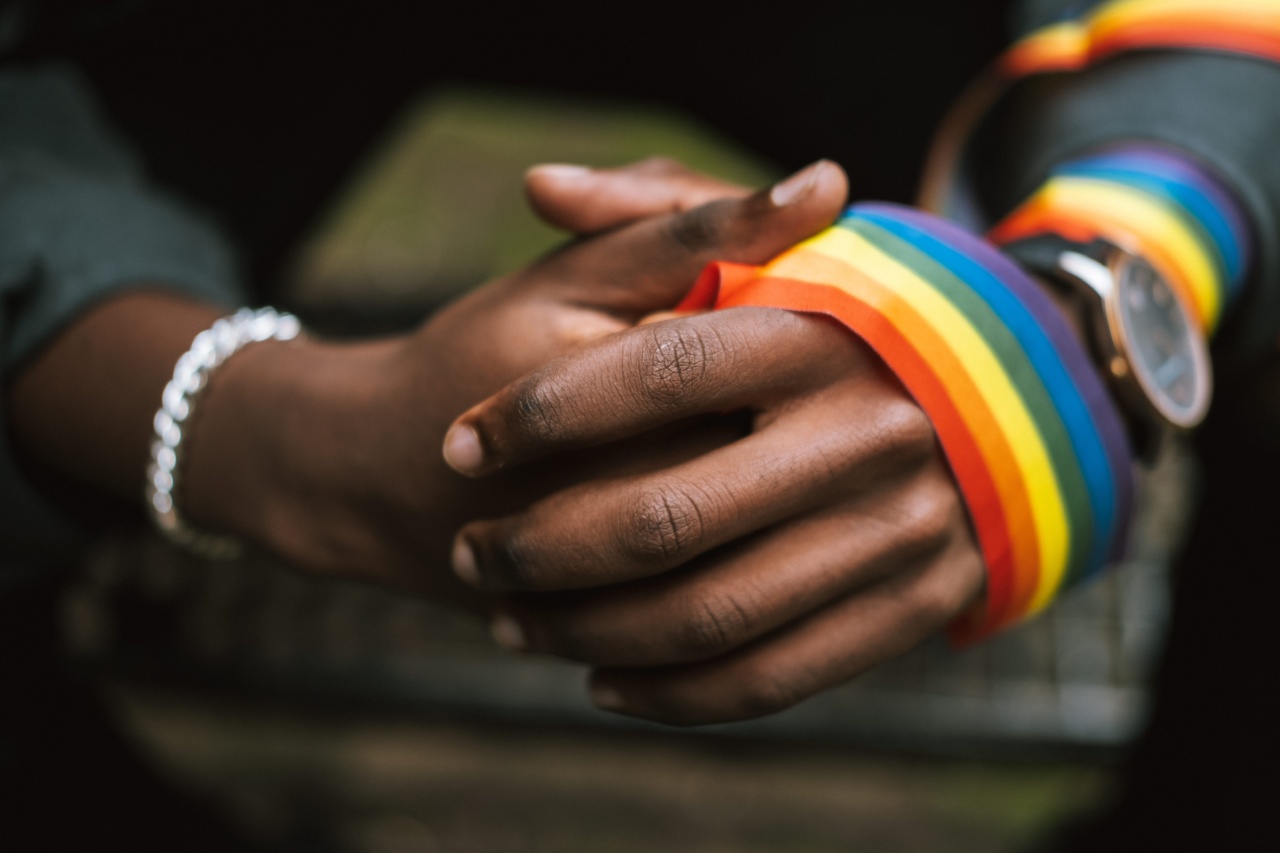Indoor tanning, also known as sunbeds or tanning beds, has been a popular trend in recent years, particularly among young adults. As the name suggests, indoor tanning refers to using artificial UV radiation to achieve a tanned complexion.
However, despite the popularity of indoor tanning, it comes with various detrimental health concerns. Unfortunately, gay and bisexual men are at an elevated risk of these negative health effects due to their preference for a tanned appearance.
What is Indoor Tanning?
Indoor tanning uses special lamps to mimic the natural sunlight spectrum, emitting UV radiation to the skin. The process increases the production of melanin pigment in the skin, which leads to tanning.
Indoor tanning offers individuals control over the length of exposure, intensity, and frequency of UV exposure. However, these convenience factors come at a cost.
The Health Risks of Indoor Tanning
Indoor tanning directly exposes the skin to UV radiation, which comes with several adverse health effects. One such effect is the development of skin cancer.
Indoor tanning increases the risk of melanoma by up to 59%, and the risk is even more increased when exposure occurs earlier than 35 years old. Similarly, non-melanoma skin cancers, such as squamous cell carcinoma and basal cell carcinoma, also have higher occurrences among people who use indoor tanning frequently.
In addition to raising cancer risks, indoor tanning also alters the skin’s structure, leading to premature aging. Prolonged exposure to UV radiation causes wrinkles, sunburns, dark spots, and even changes the skin texture.
Besides, indoor tanning can also lead to the development of keratoses, which are scaly, dry patches that often occur in sun-exposed parts of the body.
The Disproportionate Impact on Gay and Bisexual Men
Globally, gay and bisexual men have been found to be at a higher risk of indoor tanning development than their female counterparts.
Studies show that gay and bisexual men have a greater preference for a tanned appearance, which makes them more likely to engage in indoor tanning sessions. For instance, the 2015 National Health Interview Survey found that 8.6% of gay men and 4.3% of bisexual men used indoor tanning, compared to 5.8% of heterosexual men.
Moreover, research has found that gay and bisexual men often tan more frequently and for longer sessions than heterosexual men.
One study found that 60% of gay and bisexual men who used indoor tanning did so more than 10 times in a year, compared to only 43% of heterosexual men.
The Effects of Social Pressures
The reason for the high exposure to indoor tanning among gay and bisexual men can be attributed to societal beauty standards.
Gay and bisexual men often experience a more significant pressure to conform to societal beauty standards and achieve a particular body appearance. The ideal body image of a gay man typically involves a muscular, fit, and tanned physique.
Unfortunately, this societal pressure can lead to unhealthy behavior patterns, such as using indoor tanning frequently. This problem is exacerbated by the fact that tanning salons often use sexual imagery in their advertising.
These images imply that having a tan is linked to increased sexual attractiveness, which reinforces the idea that a tanned complexion is crucial for gay and bisexual men to attract partners.
The Need for Awareness and Education
Considering the seriousness of the negative health impacts of indoor tanning, it is essential to create awareness about these dangers and educate individuals on safe alternatives.
Educational campaigns aimed at altering behavior patterns are essential in addressing the problem. Campaigns should also raise awareness among distinct groups, such as LGBT men, who are more prone to indulge in indoor tanning.
Furthermore, by increasing acceptance of a broad range of body sizes and skin tones, society can help reduce the pressure to conform to a certain ideal.
These values should be instilled in all members of society to create a more tolerant and accepting environment, regardless of one’s sexual orientation or gender identity.
Conclusion
Indoor tanning is a worrying trend, especially among gay and bisexual men. While the desire for a tanner appearance is understandable, it is crucial that individuals are aware of the grave health concerns associated with indoor tanning.
Efforts should be made by communities and health experts to create awareness of the issue and provide the necessary education to influence positive behavior change.





























